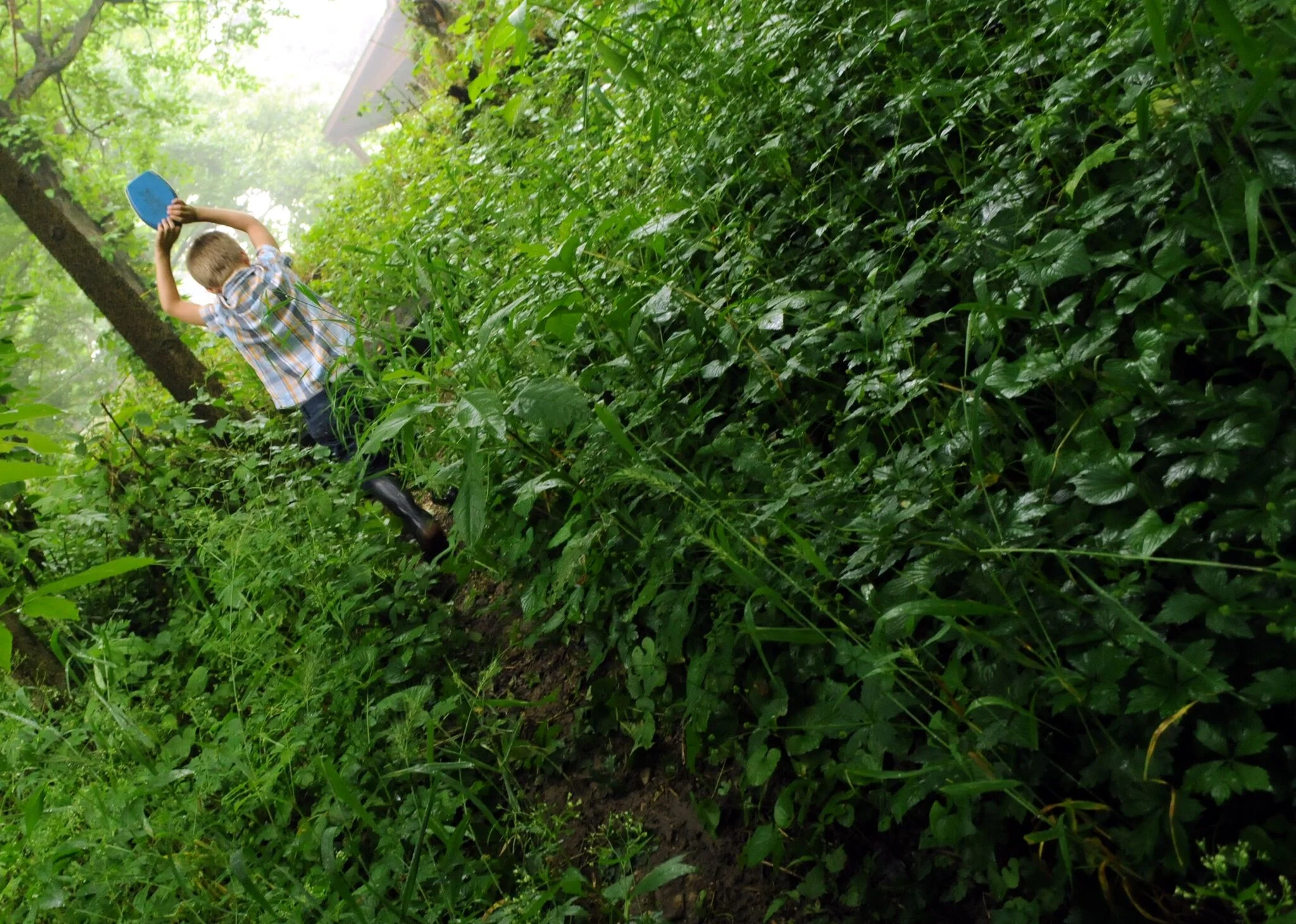Childhood and Nature
About Childhood and Nature
Revised Second Edition
In Childhood and Nature, noted educator David Sobel makes the case that meaningful connections with the natural world don’t begin in the rainforest or arctic, but in our own backyards and communities.
Childhood and Nature is a guide for educators looking to foster in their students a love of nature as well as an understanding of complex environmental issues. This second edition brings new material and fresh insights to David Sobel's foundational exploration of place-based education.
Sobel articulates seven design principles that teachers can use to build learning experiences: adventure, fantasy and imagination, animal allies, maps and paths, special places, small worlds, and hunting and gathering. Pulling from recurrent play themes and real-world examples from educators, Sobel details placed-based projects and lessons for each principle. Students learn and develop vital skills through engagement with their local environments and communities. Miniature ecosystems in the “small world” of a sandbox, for example, can help children grasp larger, abstract ideas.
A timely and actionable resource, Childhood and Nature shows how centering the world around us in education can create a generation of nature students, explorers, and protectors.

